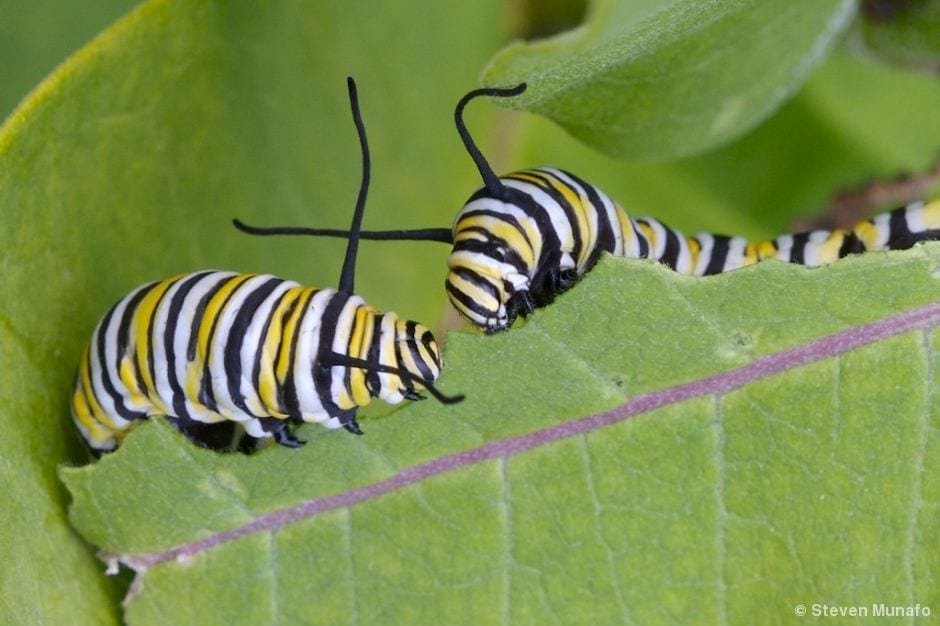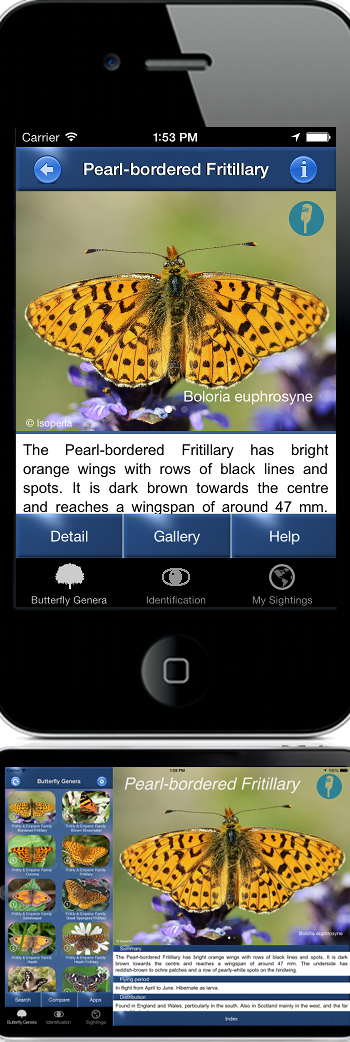Adirondack Butterflies
The Adirondack Park is home to 74 species of butterflies, as well as an unknown number of moth species. Resident butterflies include the Canadian Tiger Swallowtail, Painted Lady, the Monarch, and a host of fritillaries and sulphurs.
Resident moths include the pale lime green Luna Moth, the prominently-patterned Cecropia Silkmoth, and the hummingbird-like Hummingbird Clearwing.



